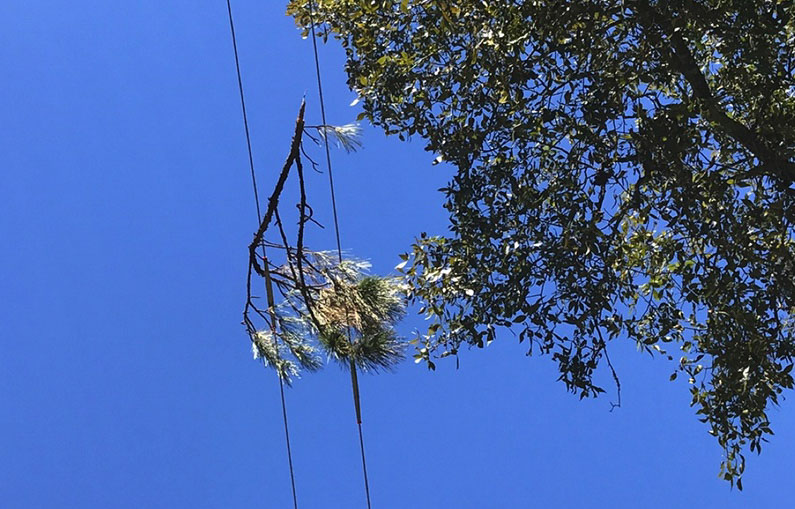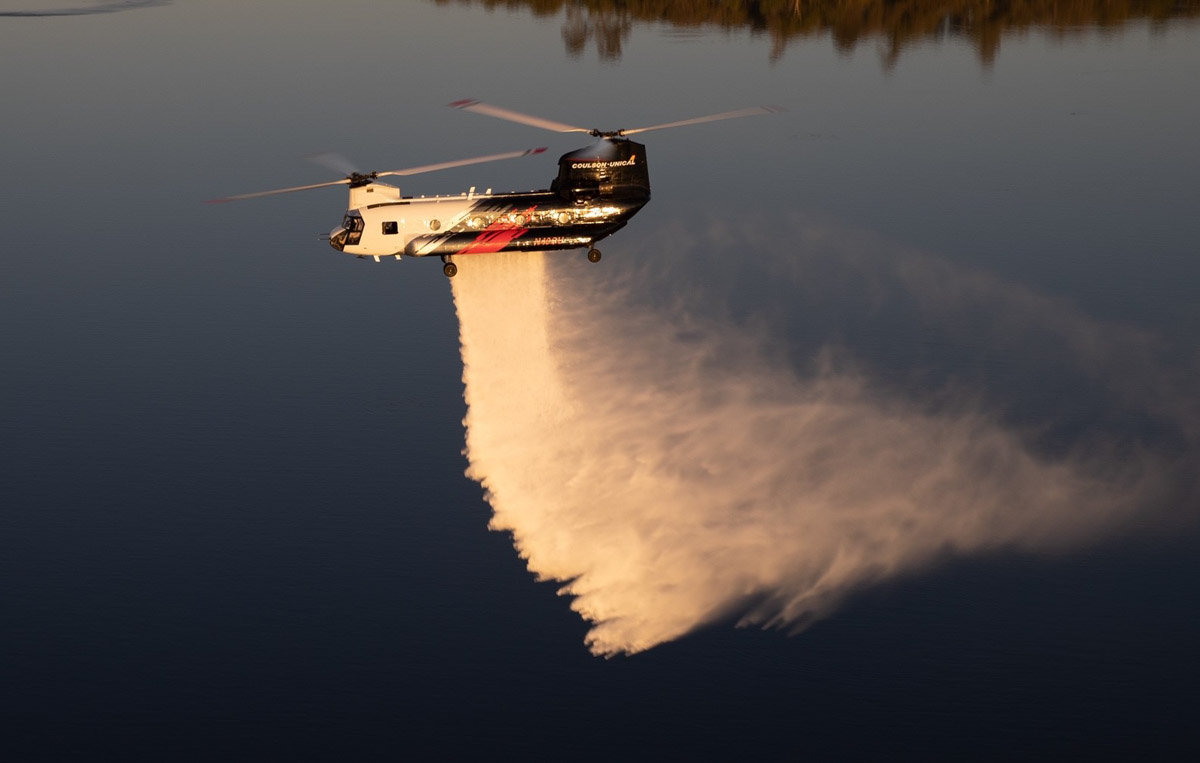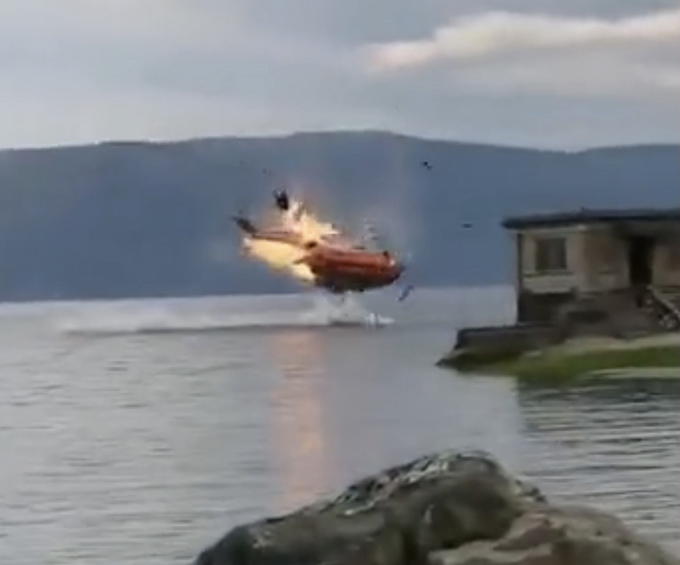
The California Public Utilities Commission has ordered Pacific Gas and Electric to revise its plan to reduce wildfire ignitions caused by their power lines. The company provides electrical service to areas of Central and Northern California.
PG&E missed a deadline for submitting and gaining approval of their 2021 Wildfire Mitigation Plan. The PUC ordered the company to revise a version they prepared earlier and granted a one-month extension of the deadline.
The PUC’s Wildfire Safety Division says that PG&E is actually spending less money on clearing vegetation from power lines and other equipment, contradicting claims that they are hiring more people to do the work.
Other concerns in the report include quality control and verifying how money spent reduces wildfire risk.
The Wall Street Journal (subscription) reported that investigators attributed more than 1,500 fires to PG&E power lines and hardware between June 2014 and December 2017.
CAL FIRE attributed 12 fires that started in Northern California on October 8 and 9, 2017 to PG&E power equipment.
A search through the Wildfire Today archives found numerous fires attributed to PG&E between 1999 and 2020. Some of the larger ones are below; it is not a complete or comprehensive list.
- Zogg Fire, September, 2020, 56,338 acres, destroyed 204 structures, and caused the deaths of four people.
- Kincade Fire, October, 2019, 77,000 acres, and destroyed 374 structures.
- Camp Fire, November , 2018, 154,000 acres, destroyed 18,000 structures, and caused the deaths of 84 people. The company pleaded guilty to 84 counts of involuntary manslaughter.
- Cascade Fire, October 2017, 9,989 acres, destroyed 250 structures, and caused the deaths of five people, including one firefighter.
- Redwood Valley Fire, October, 2017, 36,523 acres, destroyed 543 structures, and caused the deaths of 9 people.
- Sulphur Fire, October, 2017, 2,207 acres, destroyed 162 structures.
- Cherokee Fire, October, 2017, 8,417 acres, destroyed 6 structures.
- 37 Fire, October, 2017, 1,660 acres, destroyed 3 structures.
- Blue Fire, October, 2017, 20 acres.
- Norrbom, Adobe, Partrick, Pythian and Nuns Fires, October, 2017, burned together, 56,556 acres, destroyed 1,255 structures, and caused the deaths of 3 people.
- Pocket Fire, October, 2017, 17,357 acres, destroyed 783 structures.
- Atlas Fire, October, 2017, 51,624 acres, destroyed 783 structures, and caused the deaths of 6 people.
- Butte Fire, September 2015, 70,868 acres, destroyed a total of 921 structures, including 549 homes, 368 outbuildings, and 4 commercial properties, and caused the deaths of two people.
- Pendola Fire, October, 1999, 11,725 acres.














